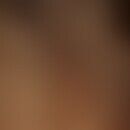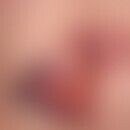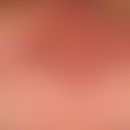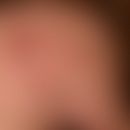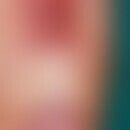Synonym(s)
HistoryThis section has been translated automatically.
Lestringant et al. 1998
Occurrence/EpidemiologyThis section has been translated automatically.
Prevalence: <1 / 1 000 000
You might also be interested in
EtiopathogenesisThis section has been translated automatically.
In an Arab family, the cause was a missense mutation in the ST14 gene (chromosome region 11q24-q25), which codes for the transmembrane serine protease matriptase-1 (see matriptases below). Another "p.Asp482Asn" mutation in the ST14 gene has recently been detected in ichthyosis-hypotrichosis syndrome (Youssefian L et al. 2017).
Matriptase-1 plays a major role in the proteolytic exfoliation process of the stratum corneum. The consequence of a loss of function of this protease is a retention hyperkeratosis of the epidermis.
ClinicThis section has been translated automatically.
Clinically this autosomal recessive genodermatosis shows besides a moderate or mild lamellar ichthyosis with hypohidrosis a clinically conspicuous hypotrichosis, also with missing eyebrows and eyelashes.
LiteratureThis section has been translated automatically.
- Alef T et al (2009) Ichthyosis, follicular atrophoderma, and hypotrichosis caused by mutations in ST14 is associated with impaired profilaggrin processing. J Invest Dermatol 129:862-869.
- Lestringant GG et al (1998) Congenital ichthyosis, follicular atrophoderma, hypotrichosis, and hypohidrosis: a new genodermatosis? At J Med Genet 75:186-189.
- Youssefian L et al (2017) A novel mutation in ST14 at a functionally significant amino acid residue expands the spectrum of ichthyosis-hypotrichosis syndrome. Orphanet J Rare Dis 12:176.
Incoming links (1)
Ichthyosis-hypotrichosis syndrome;Disclaimer
Please ask your physician for a reliable diagnosis. This website is only meant as a reference.
